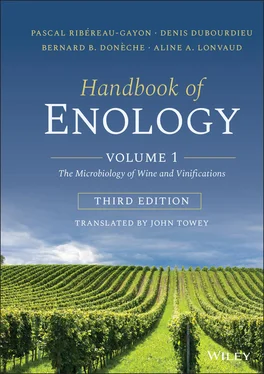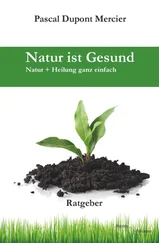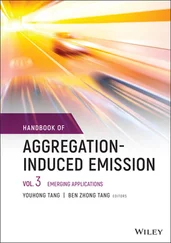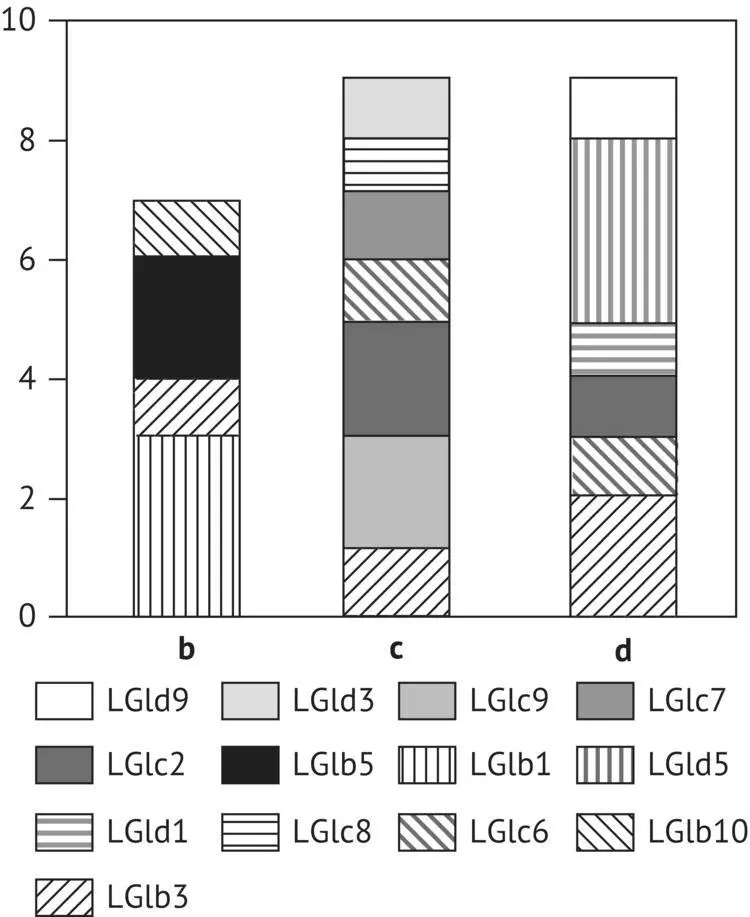
FIGURE 1.38 Breakdown of S. cerevisiae karyotypes in tank I of red grapes from the LG vineyard (Pomerol, France) in 1989 (Frezier, 1992). b, c, and d designate the start, middle, and end of alcoholic fermentation, respectively.
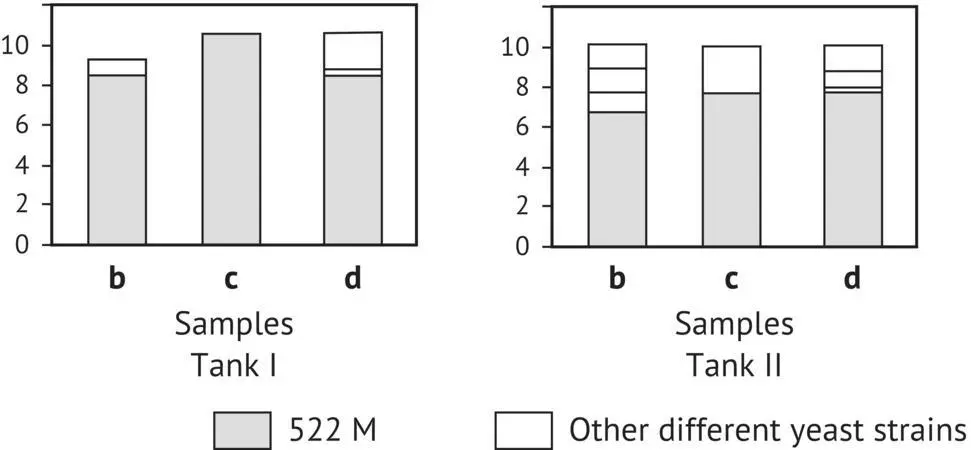
FIGURE 1.39 Breakdown of karyotypes for 10 strains analyzed in tank I and tank II from vineyard (P) in 1990. Tank I was inoculated with 522M dry yeast and tank II underwent spontaneous fermentation. b, c, d: start, middle, and end of alcoholic fermentation, respectively.
Under normal red winemaking conditions, the inoculation of the first tanks in a winery influences the wild microflora of non‐inoculated tanks. The strain(s) used for inoculating the first tanks are frequently found as the predominant strain(s) in the latter. Figure 1.39provides an example comparing the microflora of a tank of Merlot from Pomerol, inoculated with an ADY strain (522M) on the first day of the harvest, with a non‐inoculated tank filled later. From the start of alcoholic fermentation, the selected strain is successfully established in the inoculated tank. Even in the non‐inoculated tank, the same strain is equally established throughout the fermentation. It is therefore difficult to select dominant wild strains in red winemaking tanks when some of the tanks have been inoculated. An early and massive inoculation of the must, however, enables the successful establishment of different selected yeasts in several tanks at the same winery ( Figure 1.40).
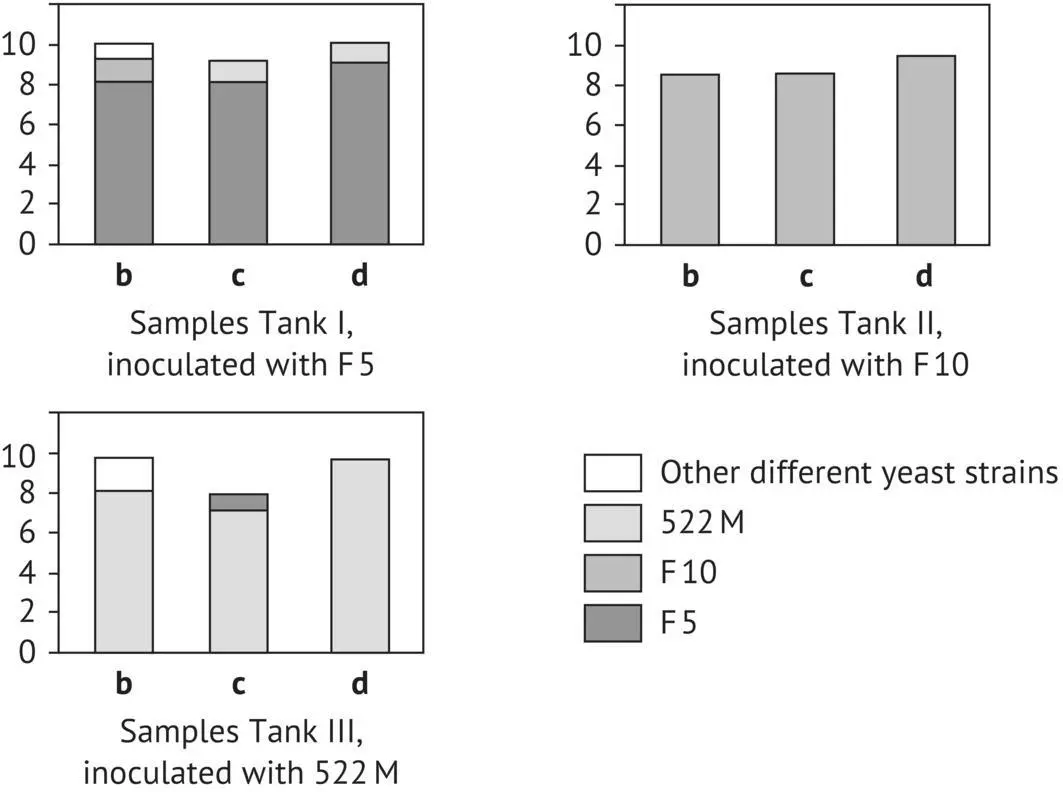
FIGURE 1.40 Breakdown of karyotypes of 10 strains analyzed in tanks I, II, and III from vineyard (F) in 1990, with massive early inoculation with F5, F10, and 522M, respectively (Frezier, 1992). b, c, and d: see Figure 1.39.
In white winemaking, inoculating rarely influences the microflora of spontaneous fermentations in wineries. For the most part, dominant native strains in non‐inoculated barrels of fermenting dry white wine are observed, even though in the same wine cellar, other batches have been inoculated with different selected yeasts. The absence of pump‐overs probably hinders the dissemination of the same yeasts in all of the fermenting barrels. This situation means the fermentative behavior and enological interest of different selected strains can be easily compared with each other and with native strains from a given vineyard. The barrels are filled with the same must; some are inoculated with the yeast to be compared. A sample of the biomass is taken at mid‐fermentation. The desired implantation is then verified by PCR combined with δ sequences. Due to the ease of use of this method, information on the characteristics of selected strains and their influence on wine quality can be gathered at the winery.
Vezhinet et al . (1992) and Versavaud et al . (1995) have also studied the clonal diversity of yeast microflora in other wine regions. Their results confirm the polyclonal character of fermentative populations of S. cerevisiae . The notion of dominant strains (one to two per fermentation) is obvious in the work carried out in the Charentes region. As in Champagne and the Loire Valley, some Charentes strains are found for several years in a row in the same winery. The presence of these dominant strains on the grape has been confirmed before any contact with winery equipment during several harvests.
Why do some S. cerevisiae strains coming from a very heterogeneous population become dominant during spontaneous fermentation? Why can they be found two to three years in a row in the same vineyard and wine cellar? Despite their practical interest, these questions have not often been studied, and there are no definitive responses. It seems that these strains rapidly start and complete alcoholic fermentation and have good resistance to sulfur dioxide (up to 10 g/hl). Furthermore, during mixed inoculations in the laboratory of either non‐fermented musts or partially fermented musts (8% ethanol by vol.), these strains rapidly become dominant when placed in the presence of other wild nondominant strains of S. cerevisiae isolated at the start and end of fermentation. This subject merits further research.
Studies conducted in the Bordeaux region were recently revisited by using the analysis of microsatellite markers, in order to integrate genetic approaches to populations in the genetic diversity results for the strains (Börlin, 2015). Results confirm the very large genetic diversity of S. cerevisiae strains in the vineyard and in spontaneous fermentation in the Bordeaux region. Of 1,374 isolates from grapes and 1,078 isolates from fermenting must, 75% have different genotypes. During spontaneous fermentation, the presence of yeasts related to commercial yeasts, i.e. that share at least 75% of genetic markers, is low (7%). This result, which mainly concerns organic wine cellars, merits confirmation in conventional cellars. However, a higher percentage (25%) of strains related to industrial yeast is obtained for the population of S. cerevisiae isolated from grapes in the vineyard. Therefore, this result highlights the importance, underestimated until now, of cellar yeasts being returned to the vineyard environment. Prior work showed that the detection of strains in the vineyard was possible in a radius of 10–200 m around the cellar where they were used (Valero et al ., 2007; Schuller et al ., 2007). Our data show a dissemination of winery yeasts in the vineyard over a maximum distance of 400 m from the cellar.
In Bordeaux vineyards, structural analyses of S. cerevisiae yeast populations on grapes have highlighted a significant genetic difference of these populations depending on the appellation. At the estate scale, while the populations involved in spontaneous fermentations are not very distinct over two to three consecutive years, they are clearly different over a longer period of time (>20 years). This confirms that in a given vineyard, populations of yeast fluctuate over time (Börlin et al ., 2016). Moreover, there are clearly exchanges of populations between neighboring vineyards. This is probably due to the fact that yeast can disseminate in the environment through various vectors (insects, birds, and humans) to arrive in neighboring parcels of land.
1 Aigle M., Erbs D. and Moll M. (1984) Am. Soc. Brew. Chem., 42, 1, 1.
2 Albertin W., Chasseriaud L., Comte G., Panfili A., Delcamp A., Salin F., Marullo P. and Bely M. (2014a) PLoS One, 9, 4, e94246.
3 Albertin W., Panfili A., Miot‐Sertier C., Goulielmakis A.,Delcamp A., Salin F., Lonvaud‐Funel A., Curtin C. and Masneuf‐Pomarede I. (2014b) Food Microbiol., 42, 188.
4 Albertin W., Setati M.E., Miot‐Sertier C., Mostert T.T., Colonna‐Ceccaldi B., Coulon J., Girard P., Moine V., Pillet M., Salin F., Bely M., Divol B. and Masneuf‐Pomarede I. (2016) Front. Microbiol., 20, 6, 1569.
5 Alexandre E.H., Rousseaux I. and Charpentier C. (1994) Biotechnol. Appl. Biochem., 19.
6 Arroyo‐López F.N., Orlié S., Querol A. and Barrio E. (2009) Int. J. Food Microbiol., 31, 663.
7 Augustyn O.P.H., Kock J.L.F. and Ferreira D. (1991) Syst. Appl. Microbiol., 15, 105–115.
Читать дальше
